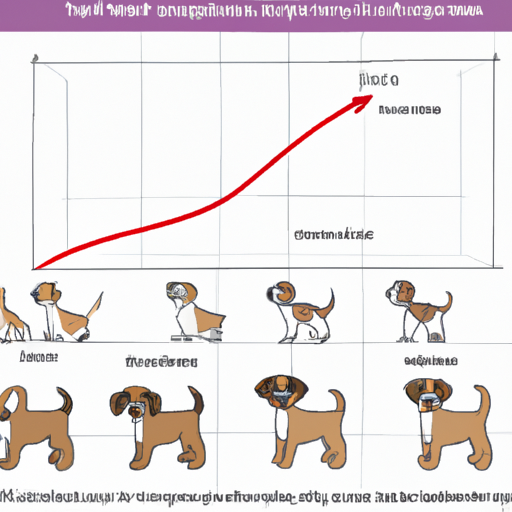As a caregiver to your four-legged friend, understanding their physical development is crucial to their overall health. This guide will provide you with comprehensive information on when dogs reach their full height.
H2: Understanding Your Dog’s Growth Cycle
Just like humans, dogs go through different stages of growth. The general timeline is as follows:
- Birth to Two Weeks: Neonatal Period
- Two to Four Weeks: Transitional Period
- Four to Twelve Weeks: Socialization Period
- Three to Six Months: Juvenile Period
- Six Months to Maturity: Adolescence
During these stages, your dog will undergo significant changes in size, behavior, and physical capabilities. As a caregiver, it’s essential to be aware of their development and provide appropriate support.
H2: Factors Influencing a Dog’s Growth
Several factors determine when a dog will reach its full height:
- Breed: Larger breeds tend to grow more slowly but for a longer period, while smaller breeds reach their full height more quickly.
- Nutrition: A balanced diet is crucial for a dog’s growth and development.
- Health: Any health issues or genetic conditions could affect a dog’s growth.
H2: Average Growth Rate for Different Breeds
Here is a general breakdown of when different breeds reach their full height:
| Breed Size | Full Height Reached |
|---|---|
| Small Breeds | 6-8 months |
| Medium Breeds | 8-12 months |
| Large Breeds | 12-18 months |
| Giant Breeds | Up to 24 months |
This table gives a general idea, but remember, every dog is unique. Your pet may reach their full height earlier or later than the average.
H2: Observing and Measuring Your Dog’s Growth
You can monitor your dog’s growth through regular check-ups and keeping a growth chart. Remember, the focus should be on healthy growth, not just height.
- Regular vet visits
- Measuring your dog’s height
- Observing their physique and behavior
H2: Addressing Concerns About Your Dog’s Growth
If you have concerns about your dog’s growth, don’t hesitate to seek professional advice. Your vet can provide guidance on nutrition, exercise, and any necessary medical interventions.
Frequently Asked Questions
Q1: My dog is 10 months old, but he’s not as tall as his parents. Should I be concerned?
– A1: Not necessarily. Dogs grow at their own pace. However, if you’re concerned, consult with your vet.
Q2: Can I accelerate my dog’s growth?
– A2: It’s not advisable to rush a dog’s natural growth. Providing a balanced diet and regular exercise is the best approach.
Q3: How can I tell if my dog has stopped growing?
– A3: Typically, dogs stop growing around 1-2 years of age. Consult your vet for more precise information based on breed and individual health.
Remember, as a caregiver, you play an essential role in your dog’s growth and development. Your love, care, and understanding will help them reach their full potential.



